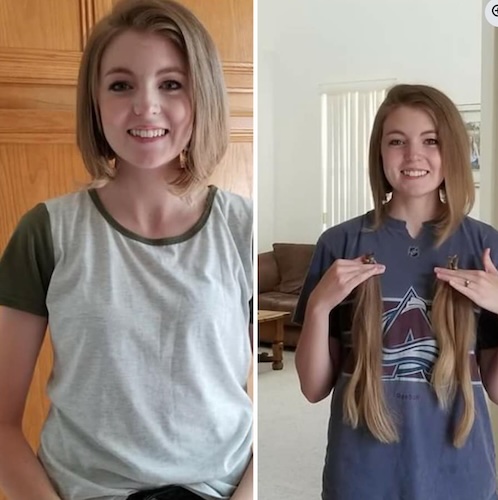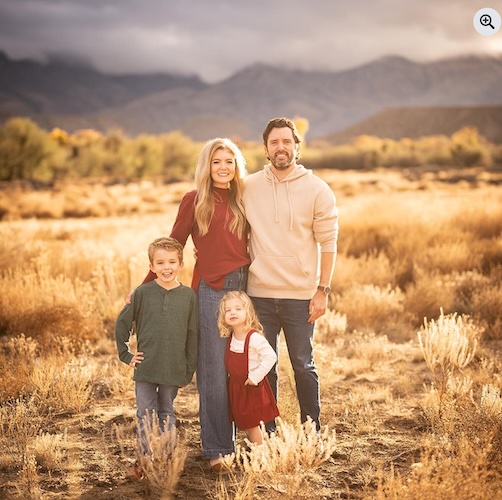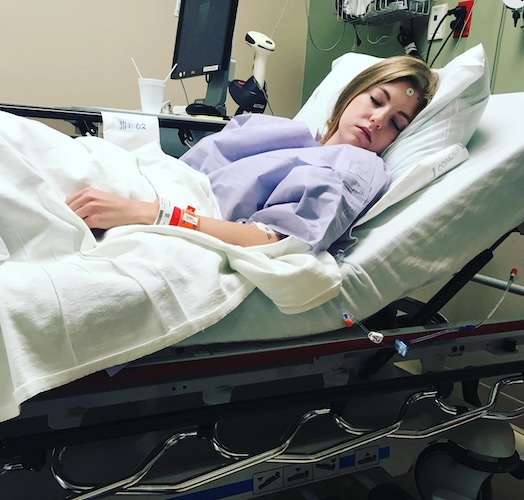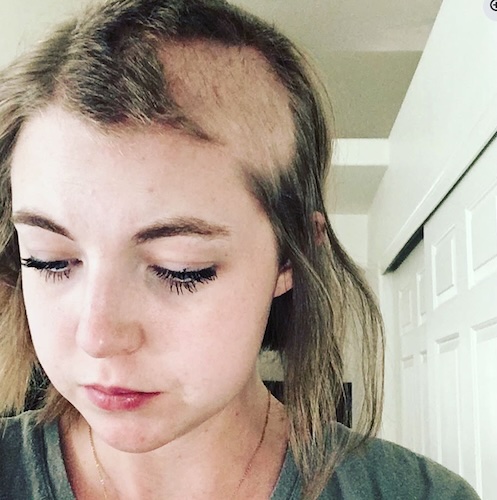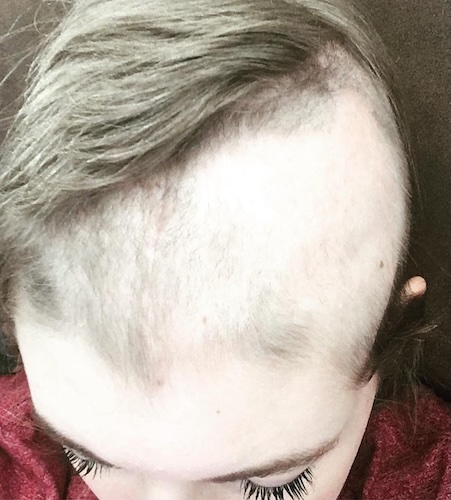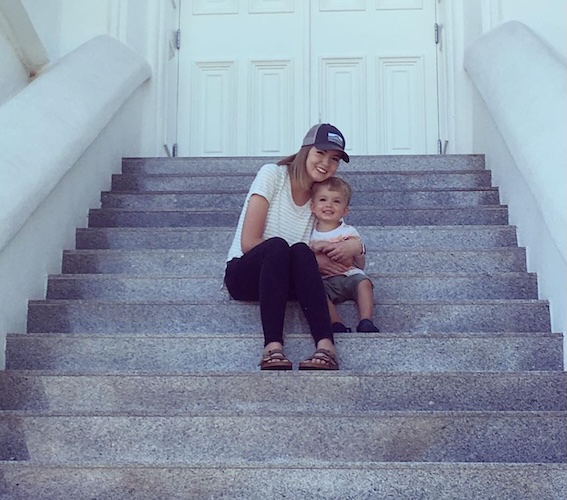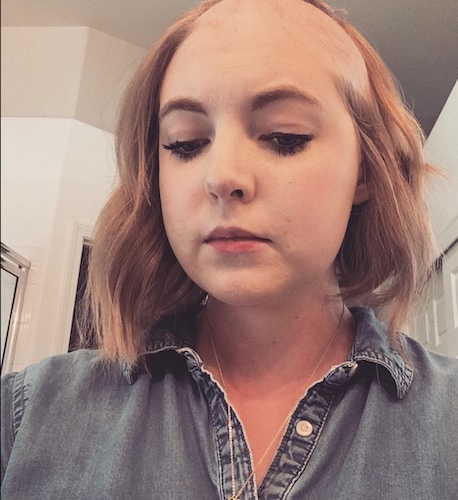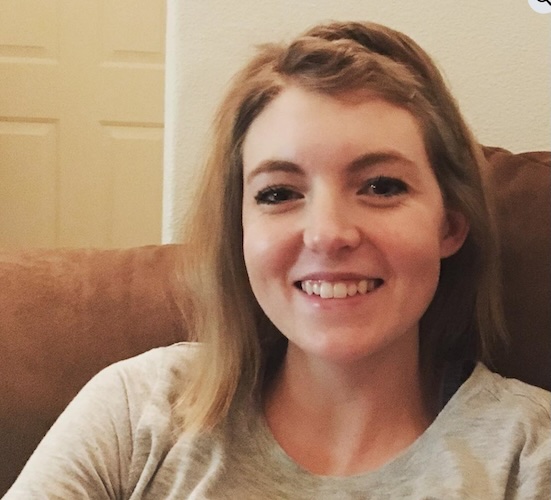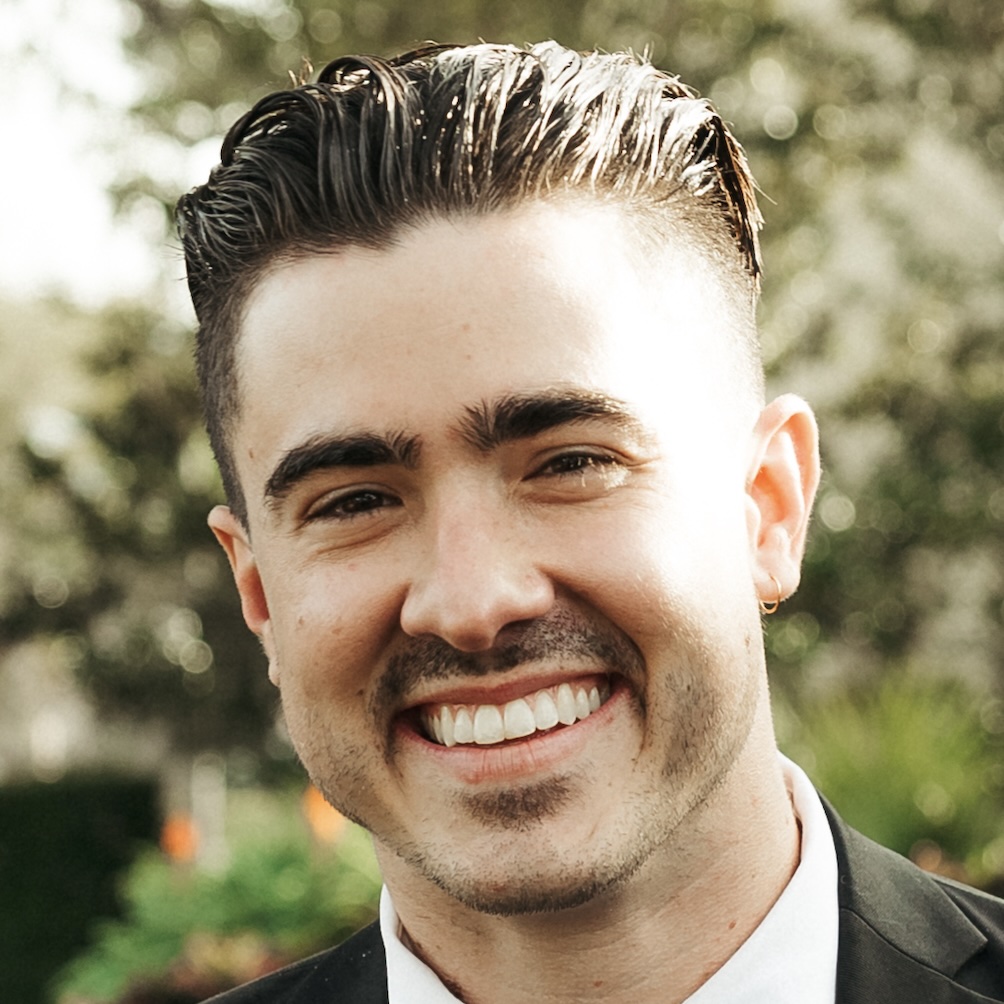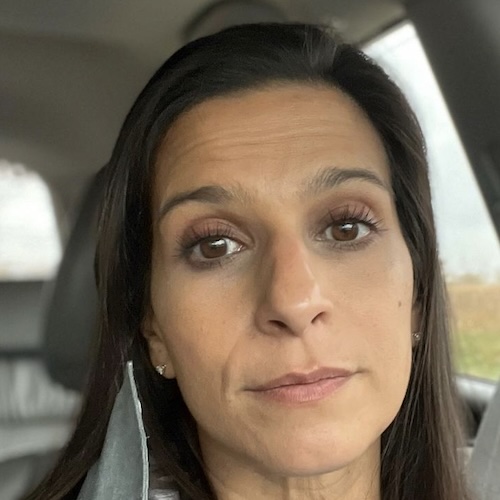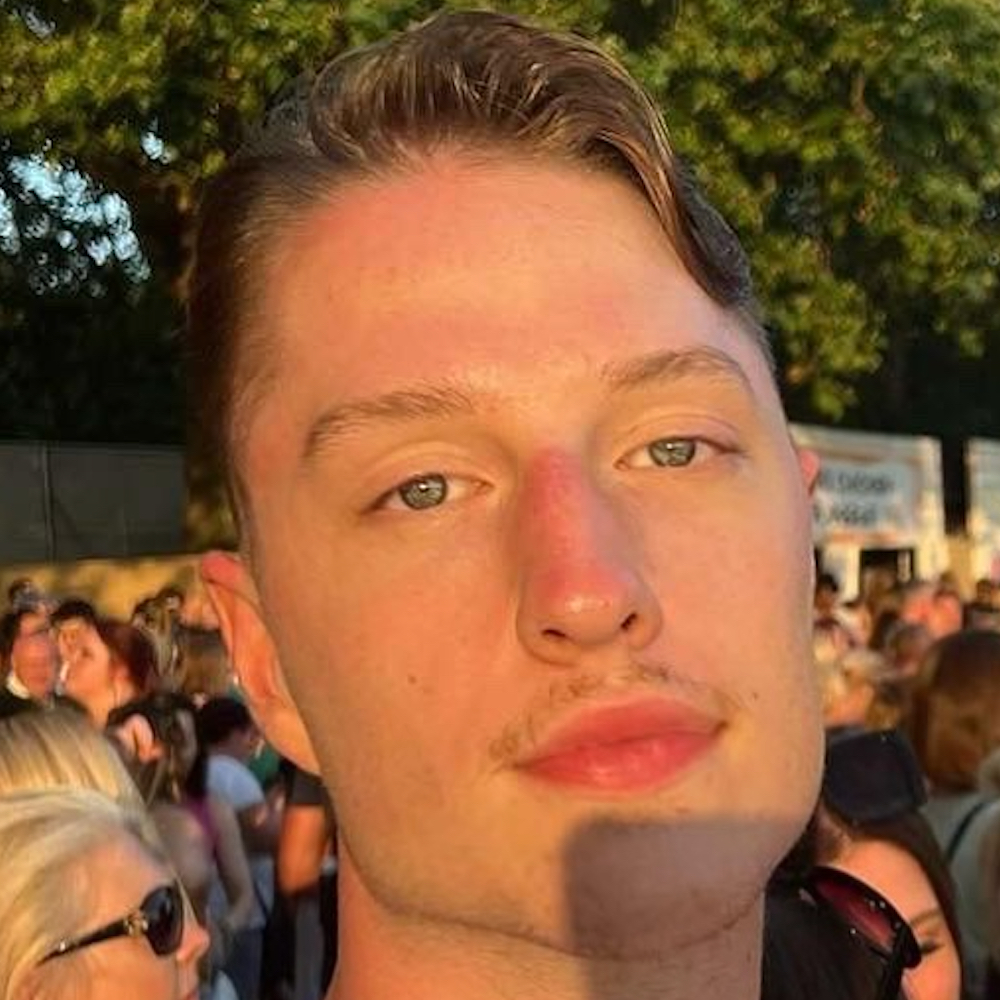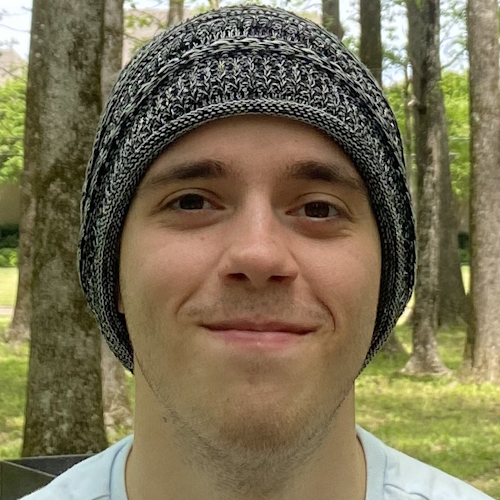Kelsea Finds Purpose After a Grade 3 Brain Cancer (Oligodendroglioma) Diagnosis
Kelsea’s experience with grade 3 oligodendroglioma, a rare type of brain cancer, reframed her life’s priorities while highlighting her determination to live fully with cancer. Diagnosed in 2018, she was a stay-at-home mom to a toddler when she first noticed unsettling symptoms. Surprisingly, the common headaches she thought were inherited turned out to mask something life-changing.
Interviewed by: Nikki Murphy
Edited by: Chris Sanchez
Her initial signs were subtle: waking up disoriented, memory gaps, and routine headaches. It wasn’t until a particularly worrying episode that Kelsea’s father-in-law, a physician, insisted she see a neurologist. Normal EEG results offered temporary comfort, but an MRI quickly revealed a mass in her brain. Despite reassurances from her neurosurgeon that brain cancer was unlikely, the pathology soon confirmed that she had grade 3 oligodendroglioma. (Editor’s Note: Oligodendroglioma is a tumor in the central nervous system, which means that it affects the brain or spinal cord. It starts in glial cells, the support cells of the nervous system.)
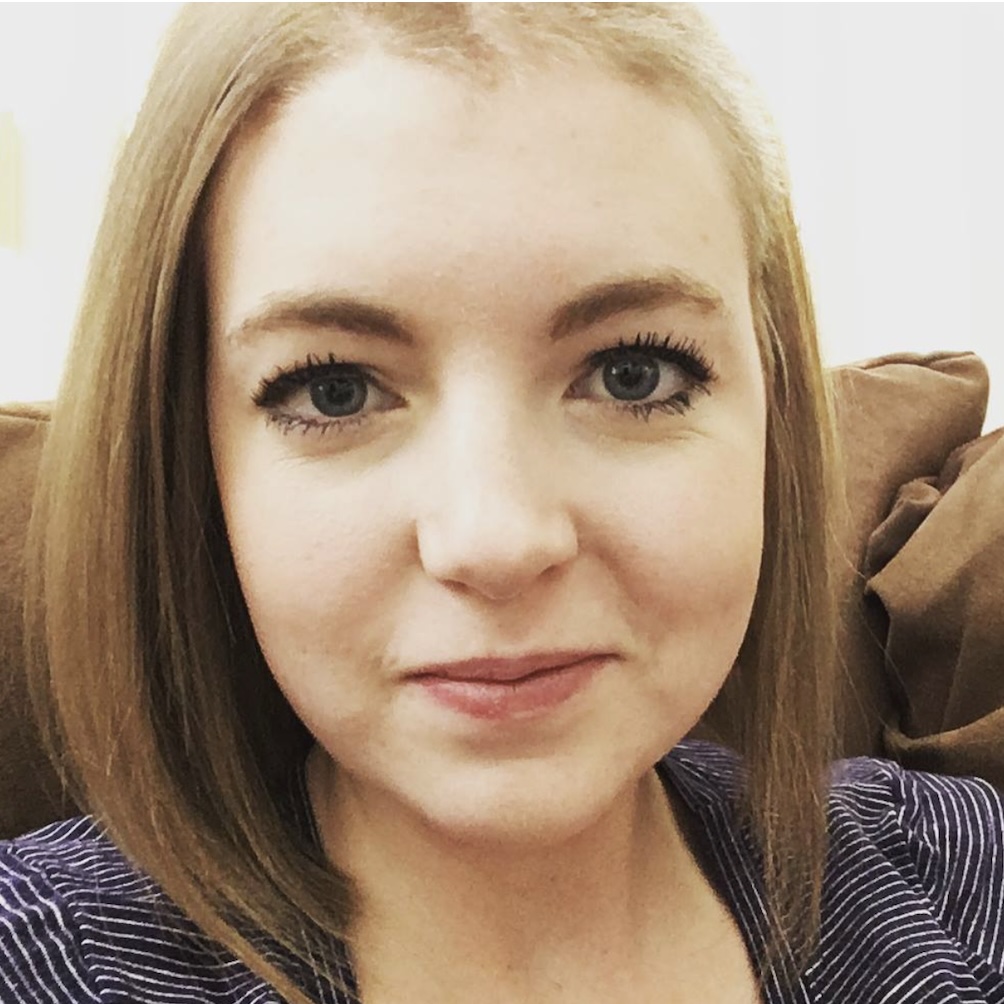
Kelsea faced major brain surgery and confronted the possibility of lasting changes to her sense of self. The operation successfully removed 99% of her tumor, but aggressive follow-up was necessary. Her team at the Huntsman Cancer Institute coordinated chemotherapy and concurrent radiation, navigating fertility preservation concerns along the way. With the help of her care team, Kelsea balanced treatment, family, and fear with remarkable strength.
Even after treatment, the challenge wasn’t over. Recurrence worries and “scanxiety” became constant companions, a reality for many with brain tumors that don’t have a cure. Regular MRIs and the emotional weight of not knowing what tomorrow brings are now part of her story.
Despite this, Kelsea remains grateful for her two children, stays active, and intentionally chooses hope whenever possible. She shares her story to encourage others to find joy and gratitude in the small moments. Her resilience is both a message of hope and an invitation to live with authenticity, regardless of the diagnosis.
Watch Kelsea’s video and browse the transcript of her interview. You’ll learn more about:
- How early symptoms like headaches and memory lapses can signal serious health conditions
- Why finding purpose and meaning in daily life matters so much in establishing “normalcy” in the face of a cancer diagnosis
- How supportive care teams make a difference in the face of complicated choices due to aggressive brain cancer
- Resilience is not about perfection, but about choosing gratitude on even the hardest days
- A universal truth: Learning to appreciate small joys is vital for anyone facing chronic illness
- Name: Kelsea K.
- Diagnosis:
- Brain Cancer (Oligodendroglioma)
- Age at Diagnosis:
- 26
- Grade:
- Grade 3
- Symptoms:
- Persistent headaches
- Memory gaps
- Disorientation
- Visual auras
- Treatments:
- Surgery: brain tumor resection
- Chemotherapy
- Radiation therapy
This interview has been edited for clarity and length. This is not medical advice. Please consult with your healthcare provider to make informed treatment decisions.
The views and opinions expressed in this interview do not necessarily reflect those of The Patient Story.
- My name is Kelsea
- When I first noticed something was wrong
- I’ve always had headaches
- My path to diagnosis
- Preparing for brain surgery
- The moment everything changed
- My treatment options and fertility fears
- The plan moving forward
- The scanxiety struggle
- I’m still trying to find a sense of normalcy
- What hope means to me
My name is Kelsea
I was diagnosed in 2018 with a grade 3 oligodendroglioma,
which is brain cancer, and I live in Arizona. I’ve been a stay-at-home mom since my diagnosis. I was diagnosed when my son was about 20 months old. Now, I have two children, as I had my daughter in December 2020. They keep me very busy. I enjoy calligraphy, although it’s challenging because my hands aren’t as steady. I also like audiobooks and exercising.
When I first noticed something was wrong
I didn’t really realize anything was wrong at first. One day, my husband was camping, and I woke up completely disoriented. I remembered I had a son and that I lived in Las Vegas, but I couldn’t remember the day before. I later found out I had driven to my
husband’s campsite but had no memory of it. Thankfully, my father-in-law is a doctor, and he suggested I see a neurologist because of my symptoms.
I’ve always had headaches
I always had headaches, just like my dad. I thought it was genetic — nothing to worry about. Occasionally, I would see auras or squiggly lines as a teenager, but I never thought it could mean something serious.
My path to diagnosis
I visited a neurologist, who did basic tests and thought I seemed healthy, but scheduled an EEG and MRI. My EEG was normal, but the MRI revealed a mass on my brain. They referred me to oncology and neurosurgery. The neurosurgeon told me, ‘I’ll bet you a million bucks this is not cancer,’ because I was young and otherwise healthy. Surgery was scheduled for May 1, 2018.
Preparing for brain surgery
The night before surgery was heartbreaking. It felt like I was saying goodbye to my son, not knowing if I would survive. Brain surgery isn’t like an arm or leg operation; it changes everything. They warned me they might need to remove more of my brain and that I could be a different person afterward.
The moment everything changed
In the ICU after surgery, I was told they removed 99% of the tumor, but early tests suggested it was a higher grade than expected. They sent my tumor sample to UCLA for further analysis. The waiting was agonizing. Eventually, I sought a second opinion at
Huntsman Cancer Institute in Salt Lake City, which became our main point of contact. The diagnosis was confirmed: grade 3 oligodendroglioma.
My treatment options and fertility fears
Because my tumor was aggressive, there weren’t many options. My care team in Salt Lake City made the plan, and I was told, “You don’t really have a choice if you want to live.’ I took oral chemotherapy (Temodar) and underwent concurrent radiation over about 30 days. They advised egg preservation may not be possible before treatment, so I received a Depo-Provera shot to try to preserve fertility. Many women are still able to have children after this treatment, and I’m grateful I have my two.
The plan moving forward
I completed six additional cycles of chemotherapy. For monitoring, I started MRIs every three months, then every six months, and now yearly. My tumor responded well to chemo and radiation.
The scanxiety struggle
Scanxiety is real. Brain cancer doesn’t have a cure, so it’s a matter of when, not if. I’ll need yearly MRIs for life. When I was closer post-treatment, I felt more likely it would recur. It’s emotionally crippling to wait for scan results, but over time, it gets a little easier.
I’m still trying to find a sense of normalcy
My kids keep me so busy, I barely have time to think about the bad. I find purpose in sharing my story and helping others understand this experience. Staying active helps my mental health, and I’m more intentional about how I spend my time and interact with loved ones.
What hope means to me
Hope isn’t always easy. Some days I have none; on other days, I have a lot. It’s about balancing good and bad days and eventually finding peace. If there’s one message I have for others, it’s this: live like you might not have another day. Find gratitude in little things. Be the person you want to be.

Inspired by Kelsea's story?
Share your story, too!
